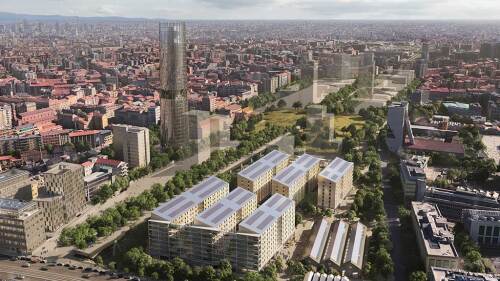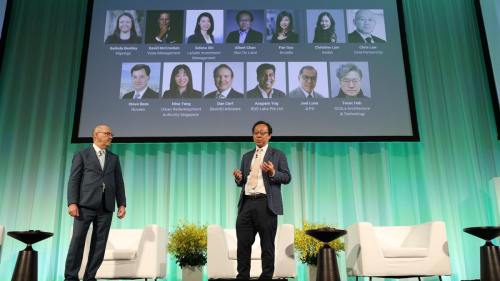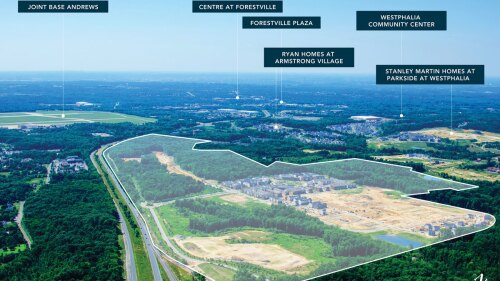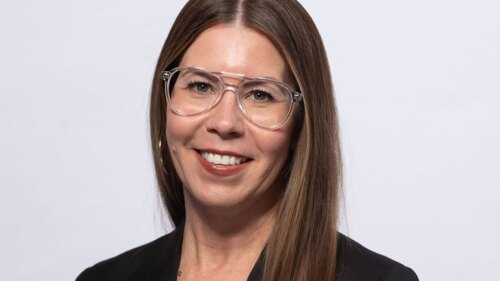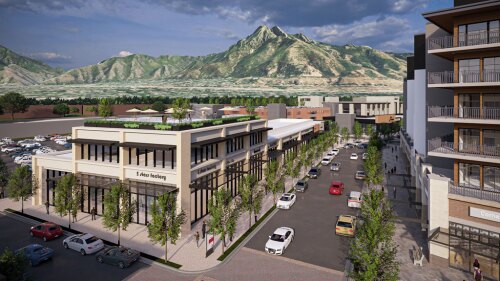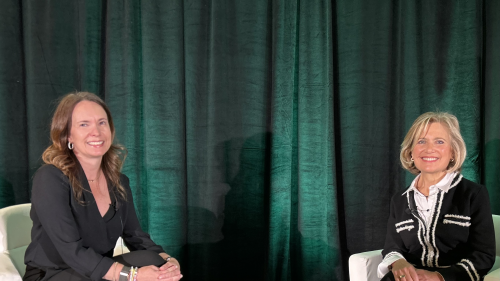Development and Construction
Milan’s Olympic Village is being built now in preparation for the Milan Cortina 2026 Winter Olympics and Paralympics. Developers and designers have high hopes for the complex’s third act as a hyper-sustainable, 1,700-bed student housing project and anchor for a new city park.
Twelve developments from across Asia have been selected as winners of the 2024 ULI Asia Pacific Awards for Excellence, one of the real estate industry’s most prestigious honors. Announced at the 2024 ULI Asia Pacific Summit held in May in Tokyo, this year’s award winners include projects in Australia, China, Hong Kong, Japan, Singapore, and the Philippines. These winners will automatically qualify as nominees for the 2024 ULI Global Awards for Excellence, where they will compete against projects from North America and Europe.
As cities confront the housing crisis, they face intersecting challenges: opposition not only to affordable-housing development but often to any development; spiraling financing and construction costs; outdated zoning that stifles or misplaces growth; egregious bureaucratic barriers; and issues around displacement and historic preservation. But some cities have an asset that can serve as a testing ground for harmonizing urgent priorities: their downtown districts.
Many publicly traded homebuilders are now using a “land light” strategy, working with third-party land asset owners to identify opportunities in the path of growth, and studying migration patterns, development, and economic vitality. In doing so, they take possession of the land as “just-in-time” inventory and keep their capital focused on building more efficiently and expanding market share.
Donations to the ULI Foundation support a wide variety of programs, initiatives, and groups, and among the options, donors may choose to
direct their gifts to their local ULI District Council. Three donors who have made recent substantial contributions to their respective District
Councils—Jack Cohen, Marc Pollack, and Greg West—highlight the impact individuals can have on their local communities. Their gifts, ranging from $15,000 to $100,000, enable their local District Councils to advance ULI’s mission priorities and carry out community outreach, all while helping members build relationships and share educational and other resources in their area.
direct their gifts to their local ULI District Council. Three donors who have made recent substantial contributions to their respective District
Councils—Jack Cohen, Marc Pollack, and Greg West—highlight the impact individuals can have on their local communities. Their gifts, ranging from $15,000 to $100,000, enable their local District Councils to advance ULI’s mission priorities and carry out community outreach, all while helping members build relationships and share educational and other resources in their area.
Headlines have long proclaimed the demise of the American shopping mall. Despite undeniable shifts in the retail landscape, the truth about these spaces is more nuanced. These massive parcels often stand in prime locations and therefore hold massive potential to sidestep scrap-and-redevelop and to truly evolve.
According to the Pew Research Center, between 1971 and 2021, the number of people living in multigenerational households quadrupled, while the number of people in other living situations is less than double what it was. The share of the U.S. population living in multigenerational households in 2021 was 18 percent.
David R. Nelson, the influential founder and leader of a multidisciplined real estate development company and a longtime ULI member, has passed away at the age of 81.
After developer Bruce Etkin, a past ULI Trustee and a current member of the ULI Foundation board, sold all of his company’s properties in 2021, he channeled his energy and attention to different challenges—one of them homelessness.
Women in leadership roles was the theme of a discussion during the 2024 ULI Spring Meeting in New York City. Kelly Nagel, who was recently named Head of Residential at EDENS, an owner and operator of mixed-use properties nationwide, hosted a fireside chat with Nancy Lashine, founder and managing partner at Park Madison Partners, a New York-based boutique advisory and capital-raising firm.

